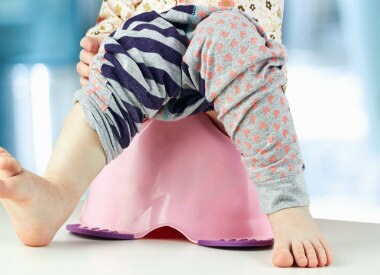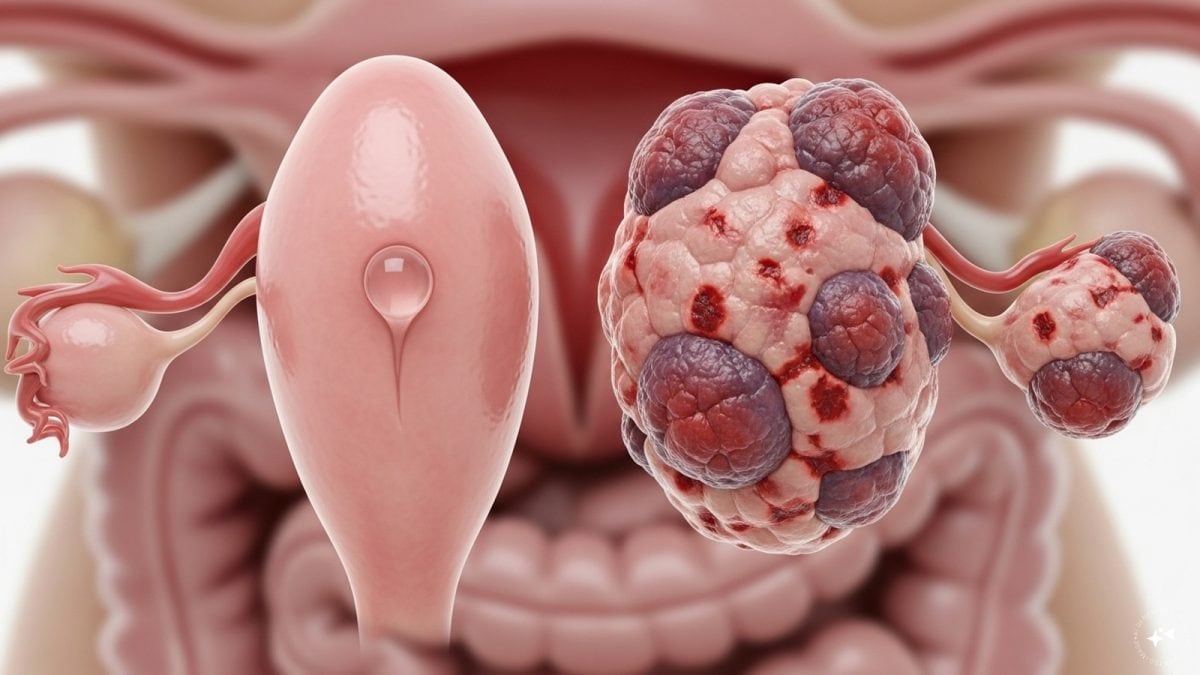As much as we love our kids, most parents look forward to the time when their children are potty-trained. And that is how it should be. Not only is being potty-trained a huge milestone for the child, but it is also a signal to the parents that the child might be ready to go to a playschool, as well as for longer playdates with mates soon. But how to do it? While each child is unique and learns in his/her own time, there are a few rules of thumb to keep in mind. Here, we look at ways to toilet train your child as well as important hygiene lessons to teach them at this age. [caption id=“attachment_7668451” align=“alignleft” width=“380”]  Representational image. Image source: Getty Images.[/caption]
Signs your baby might be ready for toilet training
Child development experts say that while most children aged 2 are ready for toilet training, there’s no “right” age to potty-train your child. Studies show that girls tend to be ready sooner than boys, though. Your baby may be ready for toilet-training if she/he:
- Can walk and sit on her/his own for short durations.
- Is more self-dependent in completing some of the tasks.
- Can decide when to say yes or no.
- Can pull up and pull down her/his pants on her/his own.
- Is reluctant to wear diapers and nappies, feels uncomfortable and tries to or can pull down the soiled or wet diaper or nappy.
- Remarks when you or other family members go to the toilet or asks questions about it (you can actually tell him a lot about the use of toilet during these moments).
- Can tell you with words or gestures that she/he has soiled her/his diaper.
- Has regular and healthy bowel movements.
- Is keen to be seen as a big girl/boy.
The prep
Think your baby is showing signs of being toilet-ready? Here are some tips for what to do next: 1. Start with a training potty: A baby potty is always better as it is less scary for kids. The potty is also travel-friendly as it is mobile and you can begin the toilet training in any corner of the house. 2. Plan it down to a T: To introduce toilet training as a routine activity in your baby’s life, start it on a regular day when you don’t have any big plans. Think about what you want to call pee and poo and stick to your choice - using different words can confuse the child. Be careful not to suggest that these activities or the toilet are disgusting or smelly. If you happen to plan a holiday mid-training, be sure to pack a toilet seat that your child is comfortable with. 3. Be ready with the right equipment: If you’re starting with the WC installed in your loo, buy a smaller toilet seat so that your baby can fit on it easily, securely and properly. You will also need a step for your baby to stand on while using the toilet. 4. Teach her/him the right words: Teach your child words like “wee” and “poo” for going to the toilet. To avoid constipation, give her/him plenty of fibre to eat and lots of water to drink.
Let the training begin
- Don’t make your baby sit on the potty or toilet seat for more than 5-7 minutes, if he doesn’t wee or poo. Toilet training should not feel like punishment to her/him.
- Observe the wee and poo timings of your baby and sit her/him on the potty at those times, as well as first thing in the morning and last thing before putting them to bed.
- Follow her/his wee and poo signs like going silent, or going to another room or passing wind so that you know the right time to sit her/him on the seat.
- Don’t force, remind or make her/him sit on the seat again and again in a day.
- Don’t get frustrated if she/he refuses to sit or wee and poo in the potty. Some kids may take time to take up the new habit.
- Praise your baby for her/his successful attempts in toilet training.
- Start dressing your child in comfortable and easy to take off clothes instead of nappies and diapers. Try training pants and pull-up pants as they are absorbent and easy to take off.
- Don’t be in a hurry to teach your child to wipe themselves. She/he won’t be able to do it comfortably and properly. You should wipe their bottom from front to behind and make it a point to tell your child about the right way to wipe as you are doing it.
- Last but not least, teach your child to wash her/his hands after every visit to the toilet. Show them how to get the soap in-between their fingers and clean their nails.
Toilet training does not have to be a serious activity. You can actually have lots of fun doing it. There are even books to turn potty time into reading (and fun) time for baby and you. Health articles in Firstpost are written by myUpchar.com, India’s first and biggest resource for verified medical information. At myUpchar, researchers and journalists work with doctors to bring you information on all things health. For more information, please read our articles on Baby Care_._


)

)
)
)
)
)
)
)
)



